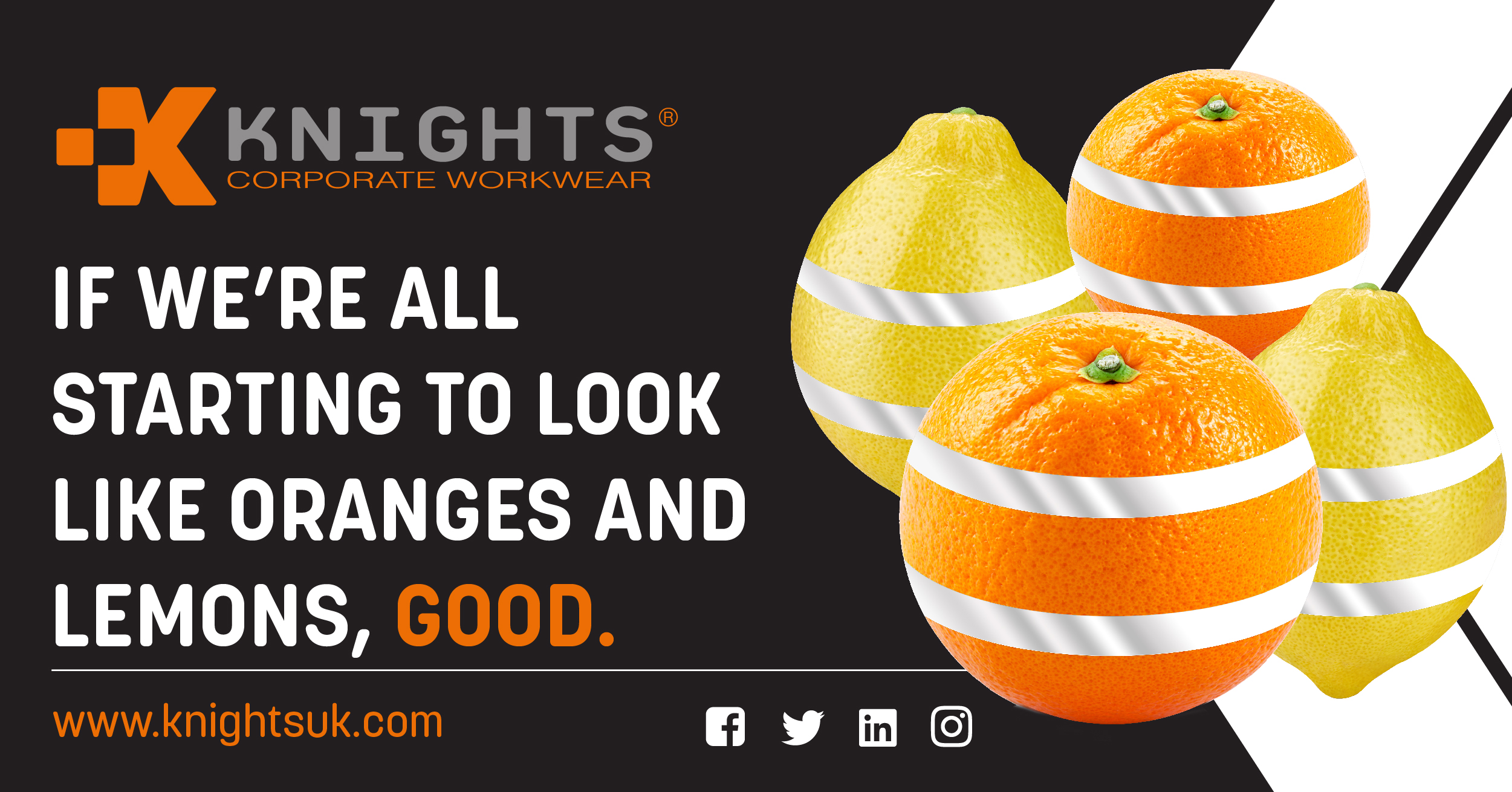Hi-Viz: it’s not a fashion statement
Oct 1 2020 11:04AM

It’s that time of year when days are getting shorter. You leave work at dusk. There’s a jogger after a bend on an unlit road. You’re alerted when your headlights catch the tiny sliver of reflective material built into the back of their shoes. Half a mile further on, there’s a kid in a black hoodie riding a bike without lights. You spot him just in time. A couple of potential tragedies within a few hundred yards. Evidence, if it were needed, that a lot of people still don’t take their visibility seriously enough.
Often that’s because of fashion. Back in 2012, The Telegraph published an article about the increased use of fluorescent colours in clothing. It claimed that we’re all starting to look like lemons. Bemoaning the Metropolitan Police Force’s decision to exchange their traditional smart blue tunic for something more visible, the article’s headline was eye-catching. Peppered with words like ‘garish’, ‘eye-bleeding’ and ‘strident’, it implied that sartorial standards were being eroded as everyone chased a questionable health and safety ideal.
Getting a fashion icon to headline a road safety campaign also grabbed the headlines. Designer Karl Lagerfeld was featured on French billboards. Dressed in a tuxedo and Hi-Viz waistcoat, he said, “It’s yellow, it’s ugly, it doesn’t match anything …”. But it’s the last part of the quote that hits home. It concludes, “… but it can save lives.”
Seeing beyond the arguments
That’s the essential fact, but it’s one that’s often swamped by arguments for and against. Away from the debate about the attractiveness of Hi-Viz gear, there have been vociferous campaigns by cyclists and motorcyclists, by pedestrians and motorists. Some claim that wearing Hi-Viz clothing on the road distracts other road users, while equally vocal lobby groups argue the opposite. Some argue that its use can give wearers a false sense of security and lead to more risk-taking. Some insurers have even suggested it’s negligent to go out after dark without reflective clothing.
Whether feeling protected influences the wearer’s behaviour or not is debatable, but study after study has proven that those in the right Hi-Viz gear are more easily seen by others. And being seen more easily can mean the difference between safety and a serious or life-threatening incident.
A trend driven by more than fashion
Most of these arguments are, of course, about using Hi-Viz clothing away from the workplace. Thankfully, opposition is less prevalent in construction, manufacturing, engineering and transport where employers have the ultimate sanction. But amongst workers, attitudes are changing too. Shunning protective clothing might once have been seen as evidence of masculinity, but common sense, company policies and legislation have, in the UK at least, finally trumped the macho culture. Now, rather than being viewed as over-cautious, those in Hi-Viz are wearing a prominent sign that they’re tough enough to work in tough environments.
Since The Telegraph published its article, Hi-Viz usage has continued to grow, and that has little to do with designer labels or style icons. It’s because it’s effective. Hi-Viz is now available in everything from the simplest yellow waistcoat to winter-grade coveralls, from t-shirts to fire-retardant jackets. This is clothing designed to be worn in the real world, not on the catwalk. It’s comfortable, durable and practical and it can save lives - the triumph of common sense over superficial notions of what looks ‘cool.’
If we’re all starting to look like oranges and lemons, good.
